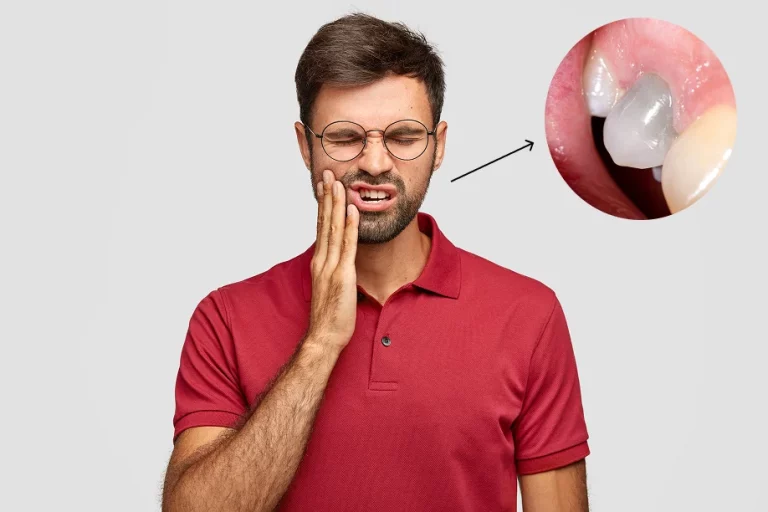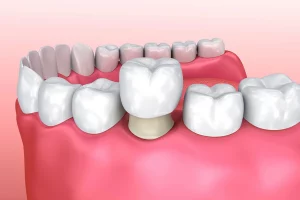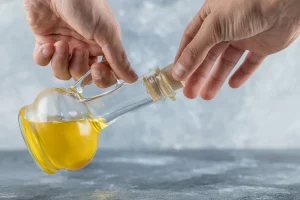A dead tooth sounds dramatic, but it’s surprisingly common. Millions of people have one without realizing it. If you act early, your dentist can usually save it and prevent bigger problems.
A dead tooth, or non-vital tooth, occurs when the tissue inside the tooth known as the pulp stops receiving blood. That loss of circulation kills the nerve and soft tissue. The key is catching it early before infection spreads with the help of the strongest antibiotics for the tooth infection. Read more to know the symptoms, causes and diagnosis of a dead tooth.
What a Dead Tooth Actually Is
Teeth aren’t just hard shells. Beneath the enamel and dentin lies the pulp, a soft center filled with nerves, blood vessels, and connective tissue.
When the blood flow to this pulp stops, the tissue dies. The tooth loses its vitality, though it can sit quietly for months before trouble shows up. Left alone, it eventually becomes infected.
Why a Tooth Dies
Several things can cut off that blood supply. They are,
1. Injury or Trauma
A hard blow to the face, a fall, or even contact sports can rupture tiny vessels feeding the pulp. The damage may kill the tooth quickly or over years. Always get trauma checked, even if the tooth looks fine.
2. Untreated Decay
Cavities start on the enamel. Leave them alone long enough, and decay burrows inward until bacteria reach the pulp. Infection shuts down circulation, the pulp dies, and the tooth follows suit.
3. Other Causes
- Repeated dental work can over-stress a tooth and damage the pulp.
- Cracks or fractures invite bacteria deep inside.
- Advanced gum disease can spread infection down to the root.
- Bruxism (grinding) puts constant pressure on teeth until the inner tissue gives out.
How to Recognize a Dead Tooth
It doesn’t always hurt, which makes awareness vital. Look for these signs.
1. Discoloration
A dying tooth often darkens. The loss of blood pigments the inner structure, turning it yellow, brown, gray, or nearly black. Think of it as a slow bruise under glass.
2. Pain or Sensitivity
Pain usually comes not from the dead nerve, but from pressure on the periodontal membrane around the tooth. Infection gases and fluids build up, causing tenderness, heat sensitivity, or pain while chewing.
3. Swelling or Abscess
Infection may create swelling or a gum abscess —a small, pus-filled bump near the tooth. It’s your body’s way of waving a red flag.
4. Bad Taste or Odor
Decaying tissue and bacterial waste produce a foul smell and metallic taste. Chronic bad breath can be another clue.
5. Mobility
If the infection eats into surrounding support, the tooth can loosen. At that point, the problem isn’t just dental—it’s structural.
Why You Shouldn’t Wait
A dead tooth won’t heal itself. The longer you delay, the higher the risk of severe infection.
Infection Doesn’t Stay Put
Bacteria from a dead tooth can spread to neighboring teeth, gums, and bone. Untreated abscesses may eventually damage the jaw.
Risk to General Health
Oral infections can enter the bloodstream. Rarely, they lead to endocarditis or other systemic conditions. It’s unusual, but not impossible—one more reason to act early.
What are The Treatments of Dead Tooth?
If you suspect a dead tooth, call your dentist. Diagnosis is straightforward and treatment usually predictable.
Diagnosis
Your dentist examines the tooth for color changes, performs X-rays, and runs sensitivity or electric-pulp tests. No or minimal response confirms loss of vitality.
Option 1: Root Canal Therapy
The goal is to save the tooth. In a root canal, the dentist removes the dead pulp, cleans the canals, disinfects them, and seals the space to stop re-infection.
Modern anesthesia makes it painless, and the success rate hovers around 95% when done properly.
Because a treated tooth becomes brittle, it often needs a crown for strength especially molars. If the front tooth darkened, internal bleaching or a porcelain veneer can restore its color.
Option 2: Extraction
If decay or infection has gone too far, removal may be safer. After extraction, replace the missing tooth to maintain alignment and bone health—typically with an implant, bridge, or denture. Implants are preferred since they preserve the jawbone.
Managing Pain and Preventing Recurrence of Dead Tooth
For Short-Term Relief
Over-the-counter anti-inflammatory drugs like ibuprofen help. Avoid hot drinks, which increase pressure and pain. Stick to soft foods until your appointment.
For Long-Term Prevention
- Brush and floss daily with fluoride toothpaste.
- See your dentist twice a year to catch early decay or trauma.
- Wear a mouthguard for sports or if you grind your teeth.
- Avoid chewing hard objects or using teeth as tools.
- Limit sugar and drink water after meals to clear acids and bacteria.
The Bottom Line
A dead tooth can be saved if treated early. Don’t ignore the warning signs like discoloration or pain. Contact Oris Dental Center in Dubai for expert diagnosis, root canal therapy, and advanced restorative care to protect your smile and overall oral health.





